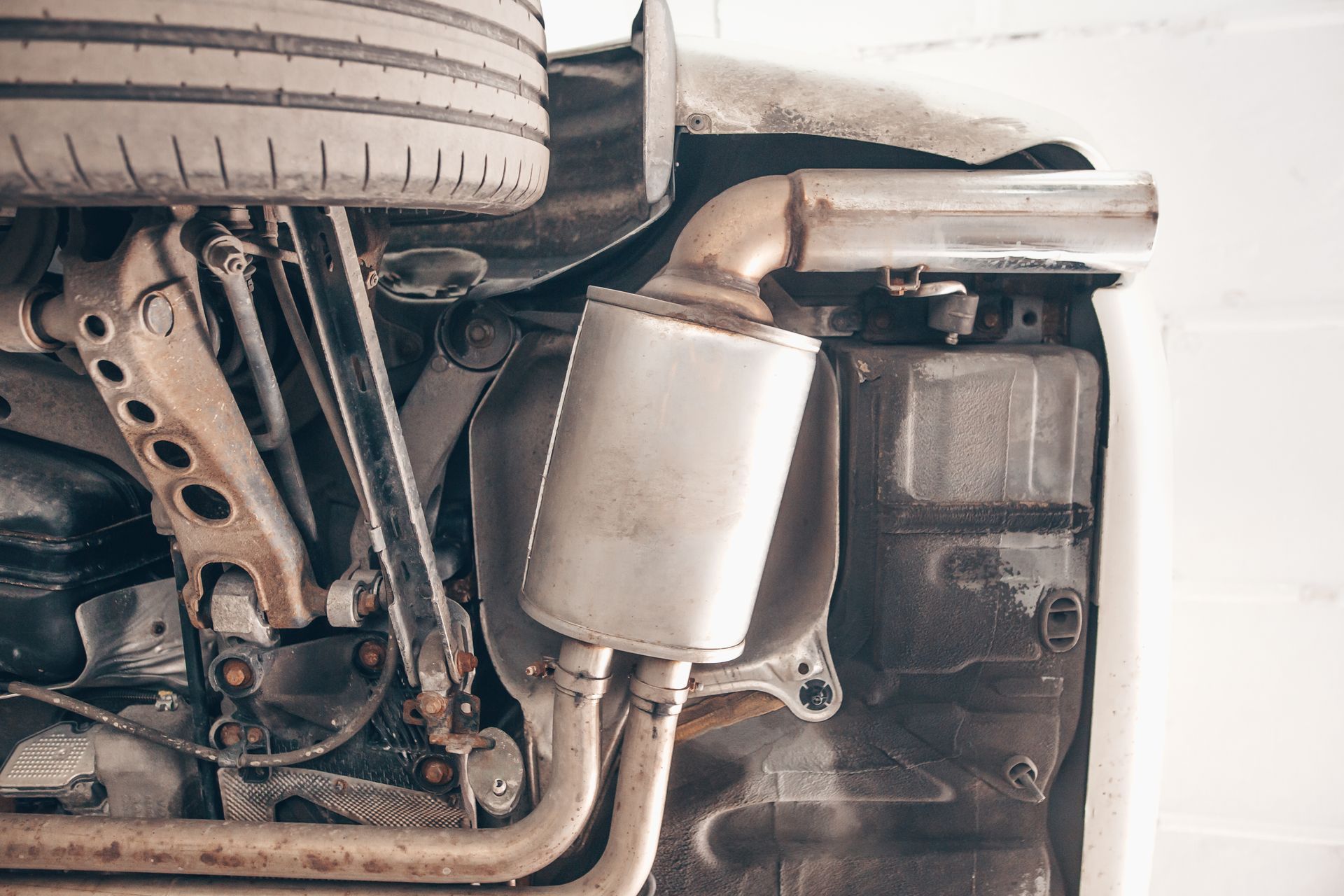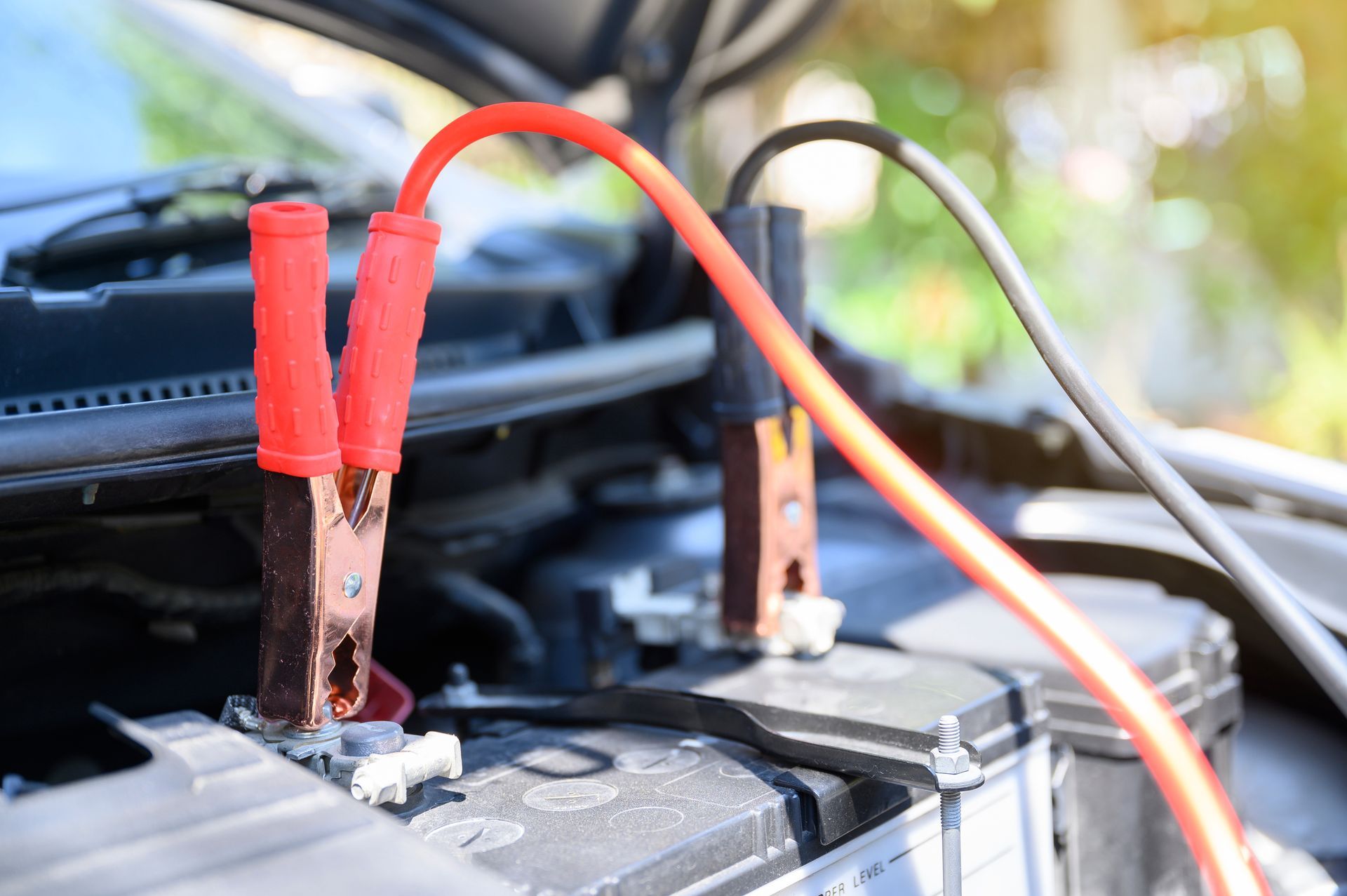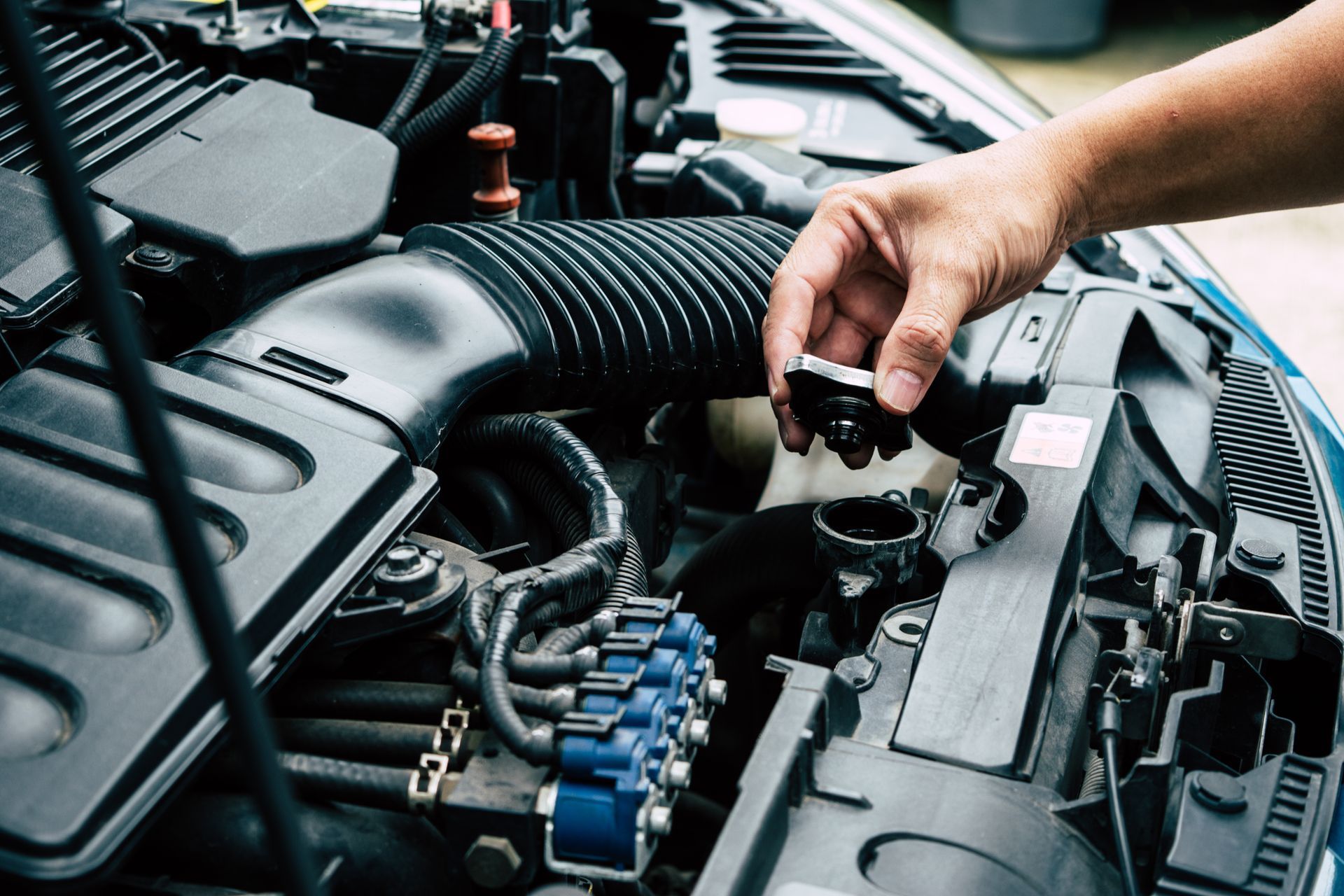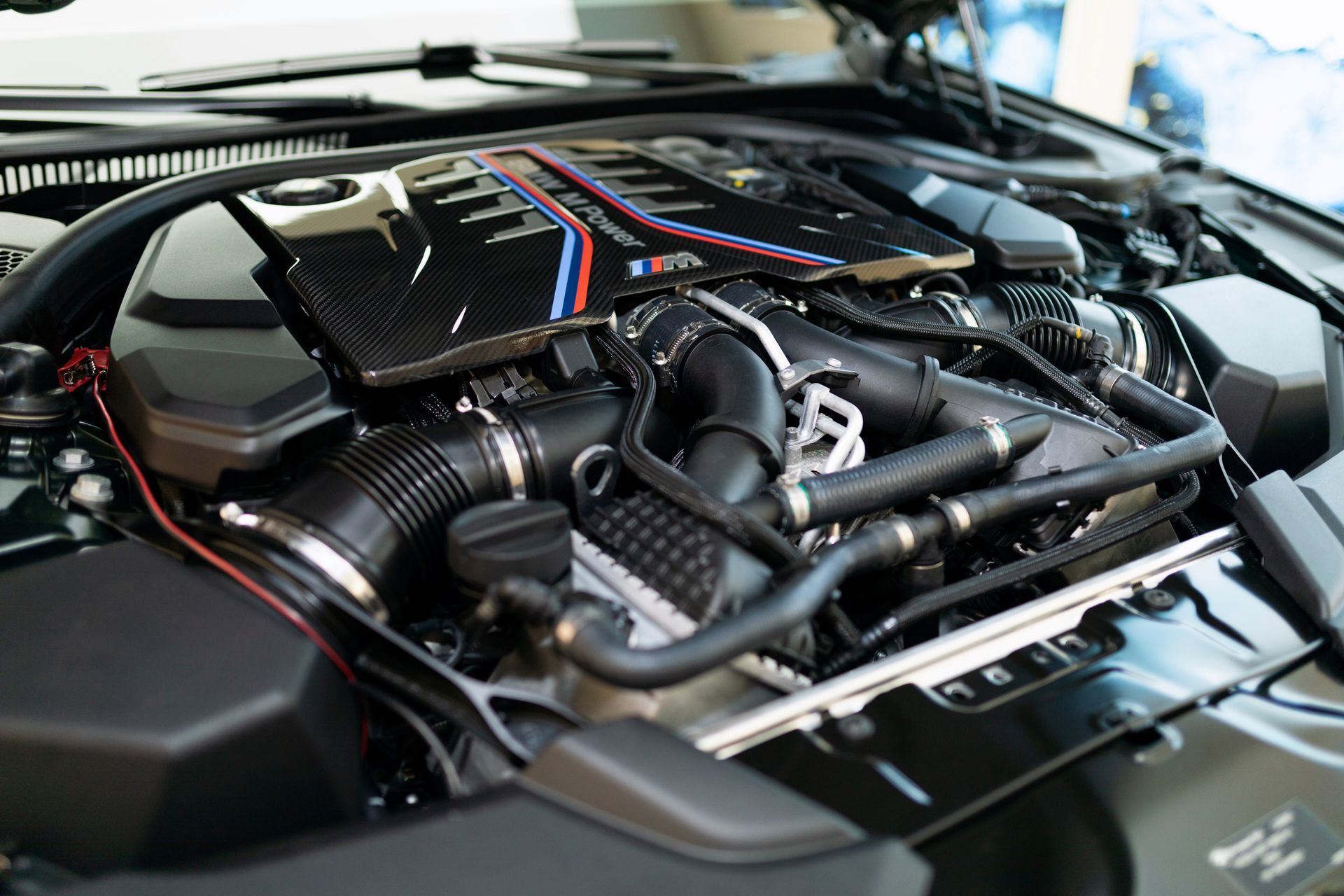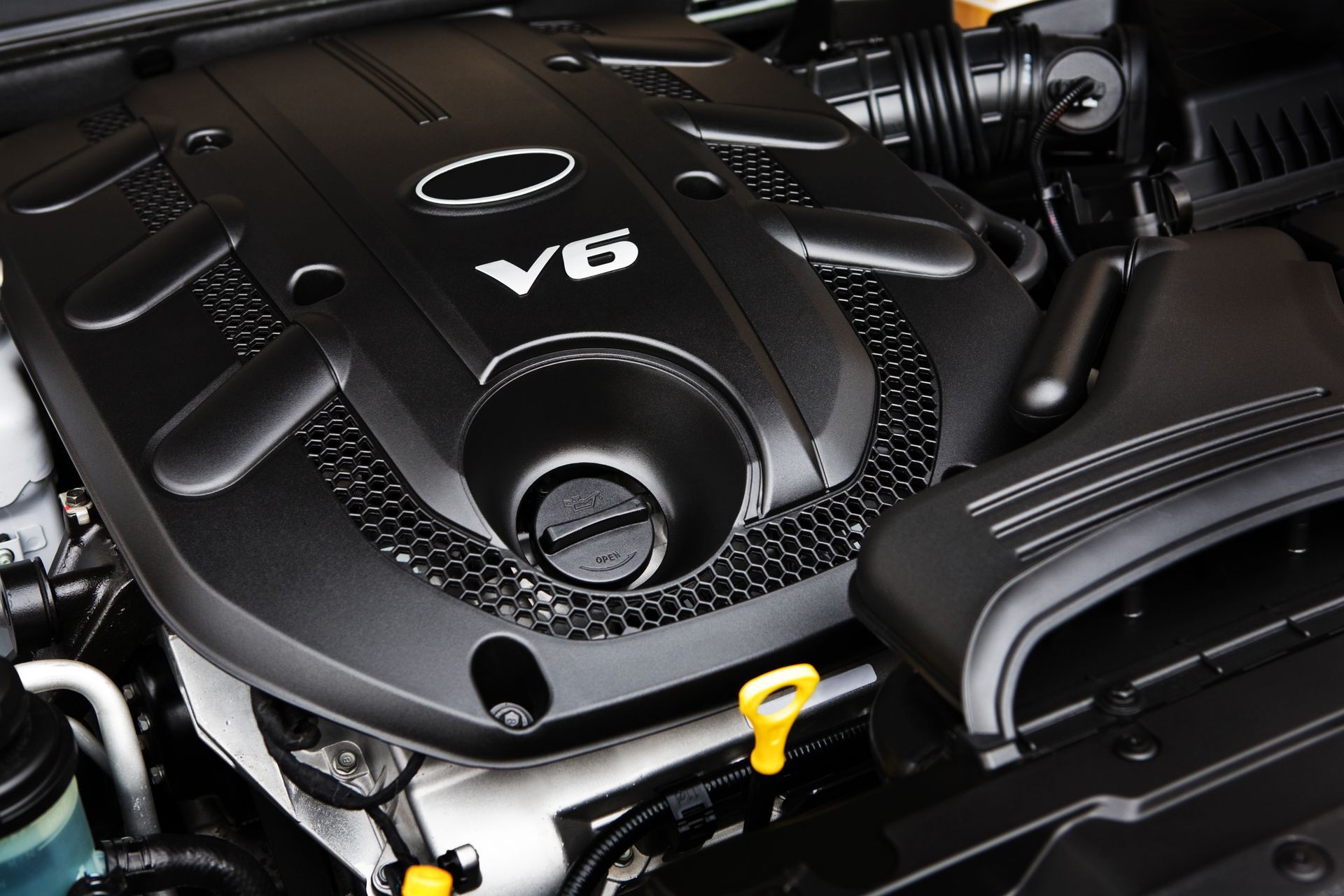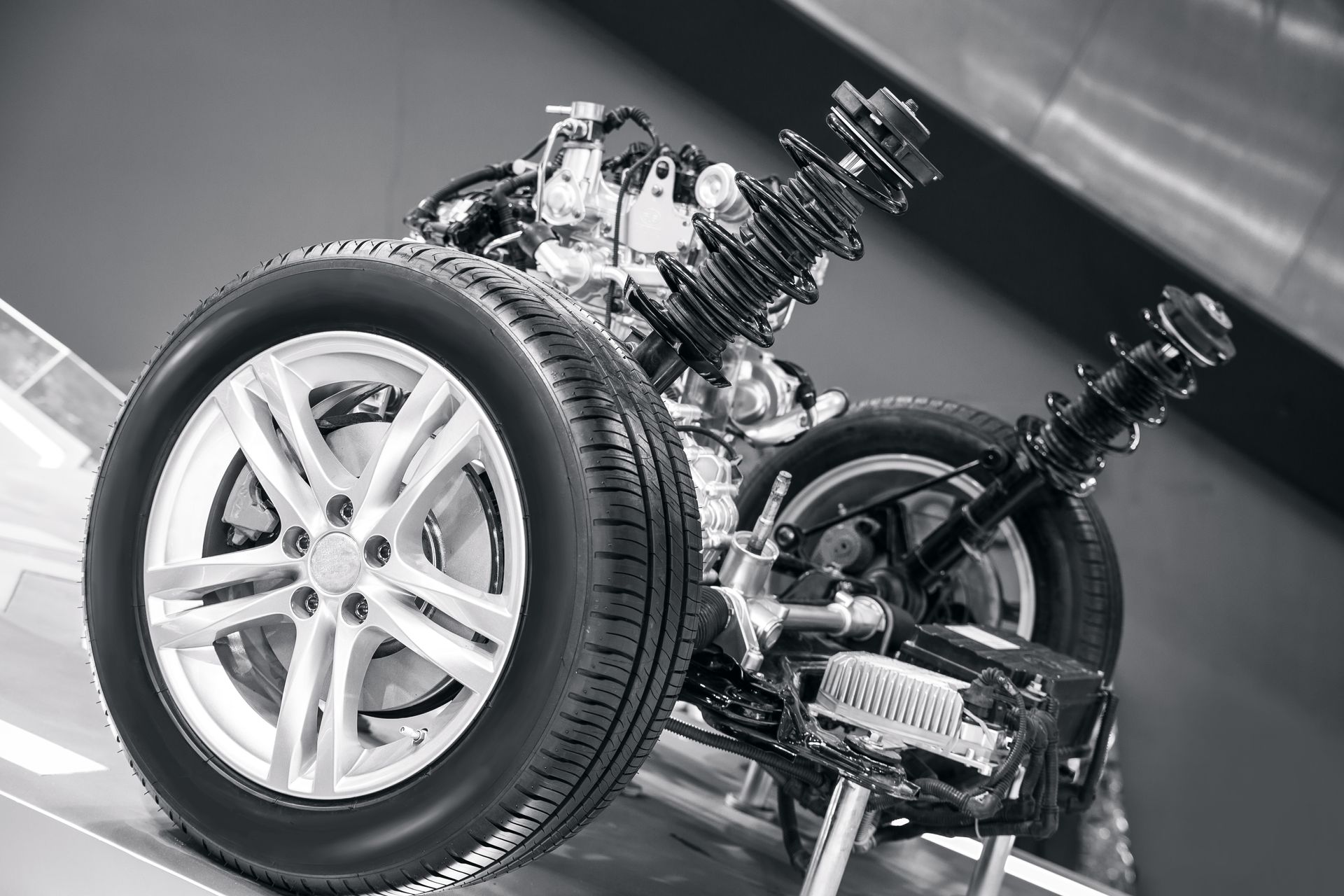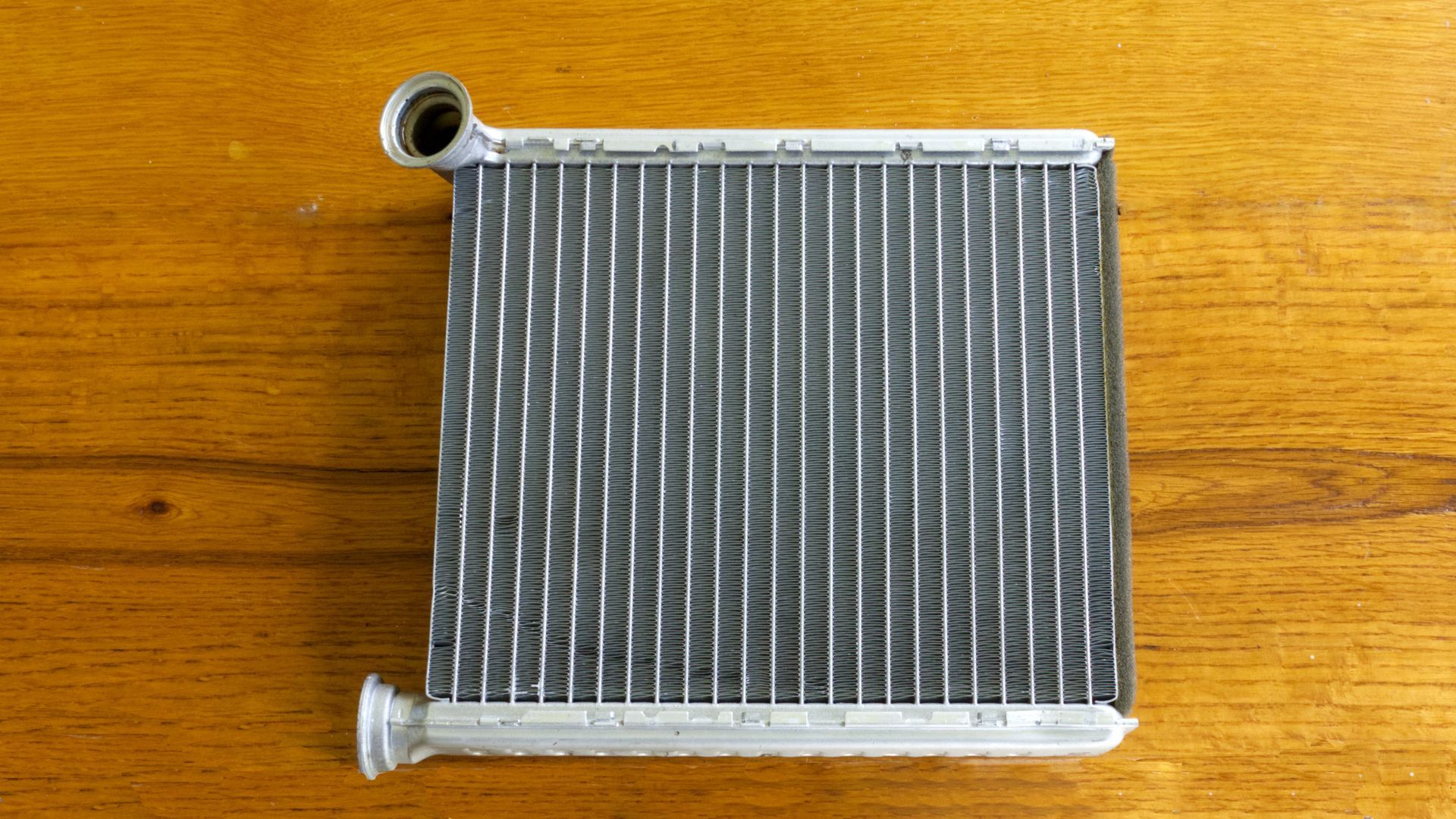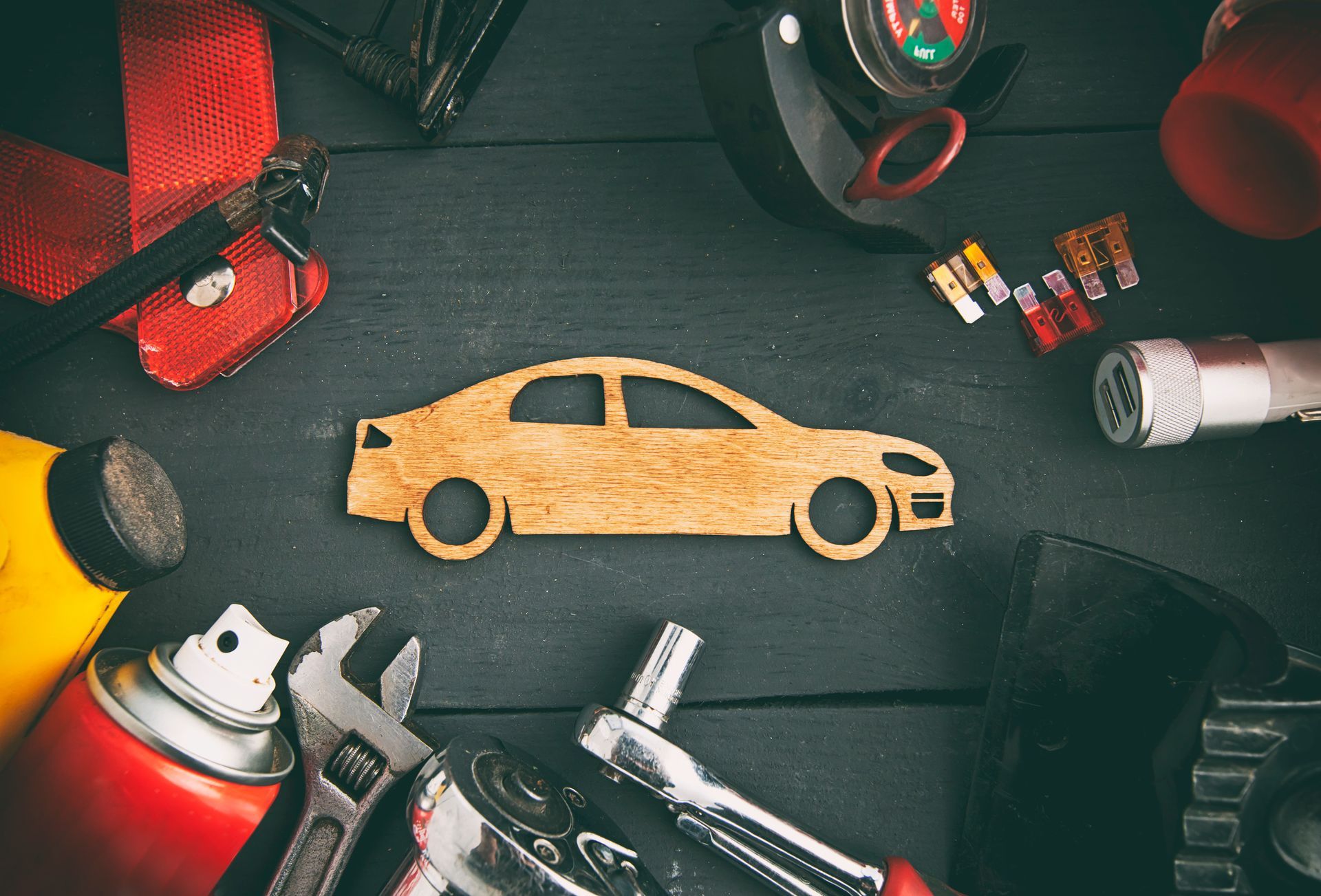Excellent advice from a Forbes article called, "5 Do's and Don'ts when dealing with a mechanic". At B&B, we take pride in treating our customers with the utmost care and respect.
Unfortunately, delaying service not only represents false economy, it can compromise a car’s safety. The car-care experts at AAA Motor Club in Heathrow, Fla. believe the best way to save money over the life of a vehicle is to choose a high-quality, full-service repair shop (or dealer’s service department) and allow them do all of the necessary maintenance and repair work. “This helps prevent breakdowns, and often saves money by allowing drivers to make a small repair now rather than a much bigger one later,” says John Nielsen, AAA’s director of automotive repair. But making the decision to bring in a car for service is only half the battle. To get the most for their maintenance and repair dollars consumers need to know how to best deal with an automotive technician so that a trip to the shop won’t ultimately turn sour. According to an informal survey of independent mechanics and repair experts conducted by the online auto-service resource AutoMD.com, here’s a list of do’s to follow and don’ts to avoid when taking a car in for maintenance or repairs.
1. Communicate properly The better a consumer is able to convey to a mechanic what’s wrong with his or her vehicle the easier it is for a technician to diagnose and fix the problem. It’s a good idea to write down ahead of time what ails your ride, noting specific sounds, sensations, leaks and smells, and when and how often they occur. What happened just before the car stopped running; how did it function the day before it didn’t start? Also note when the vehicle was last brought in for service, as today’s problem may be related to last month’s repairs. Here’s a list of terms that can help explain common auto symptoms that can also serve as a checklist for a vehicle that’s headed for the repair shop:
- Backfire: A gunshot-like sound that comes from the engine or tailpipe.
- Bottoming: Excessive noise or harshness that’s usually felt through the steering wheel or passenger compartment when going over bumps.
- Bucking: This is felt when the engine hesitates or the transmission slips as it changes gears and the vehicle lurches.
- Dieseling: What occurs when an engine continues to burn fuel and runs briefly after the car has been switched off.
- Hesitation: A brief loss of power upon acceleration.
- Knocking: Also known as “detonation,” this is a rapid rattling that’s heard upon acceleration.
- Misfire: Hesitation that occurs when fuel in one or more of an engine’s cylinders fails to ignite properly.
- Shimmy: A side-to-side motion that can be felt through the tires and/or steering wheel.
- Sluggish: How a car feels when it’s not accelerating smoothly or strongly enough.
- Surge: A sudden, usually upward, change in the engine’s speed.
2. Set realistic expectations When it comes to auto repairs, quick, cheap and good are usually mutually exclusive terms. Plan to leave a car in the shop for the better part of a day to obtain necessary service and be prepared to pay the going rate for parts and labor. Even if it’s a quick fix realize there may be several other cars ahead of yours in the mechanic’s service queue. Ask up front how long the car will need to be in the shop and arrange for transportation to and from the repair facility. And always get a cost estimate before allowing the mechanic to proceed with repairs or service.
3. Don’t drop off a dirty or cluttered vehicle Not only is this common courtesy, it can affect the quality of a repair. Tidy up your ride before bringing it in for service and be sure to clear out the back seat and trunk of items like strollers, golf clubs and construction equipment. The mechanic may need to remove them to access a part or perform a specific repair, or they may weigh down the vehicle to the extent it affects its performance.
4. Make yourself available Be sure to leave phone numbers with the shop where you can be reached and respond promptly. If the technician isn’t able to contact you to approve a repair, the car will sit and remain unattended for that much longer. Likewise, you’ll want to know that the car is ready and how much the service will cost before heading back to the shop.
5. Leave the technician alone Just about every mechanic AutoMD.com conducted in the course of its service survey disliked customers hovering over him or her while they worked. While it’s appropriate to spend time with your car and the mechanic to explain the problem, it’s distracting and can be dangerous. If you’ll be hanging around for a diagnosis or quick service, take a seat in the waiting room, grab a cup of coffee and let a professional do his or her job.

